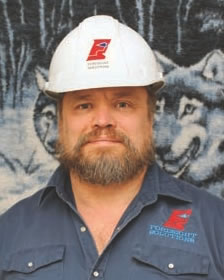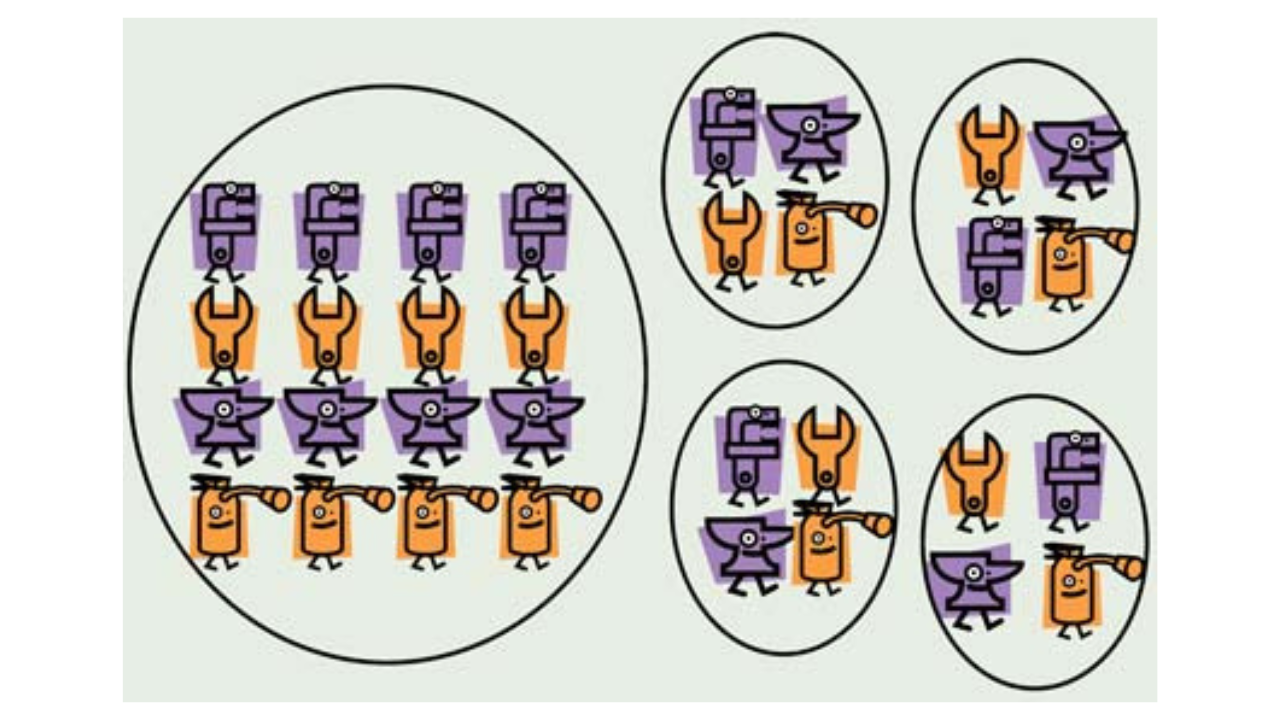Mining Planning Department: Planning for Profits
Brian Parsons
“He who every morning plans the transaction of the day and follows out that plan, carries a thread that will guide him through the maze of the most busy life. But where no plans are laid, where the disposal of time is surrendered merely to chance of incidence, chaos will soon reign”
– Victor Hugo (1802 -1885)
*Special Report: Planning for Profits
Many who work in mine and site maintenance will probably tell you that chaos not only reigns but has moved in and set up shop. This is not for a lack of planning in maintenance because in fact, it’s quite to the contrary as many mining operations have entire departments dedicated to maintenance planning. The problem in many instances is that the effort that goes into creating those plans is not matched by the support required to make them effective.
Take, for example, a hypothetical Monday morning when all the parts, people and resources are ready to service a slurry pump or heavy piece of machinery which was planned at least a week ago. Just when the crew is about to lock out the system or bring the machine into the shop, someone informs them that ‘Operations’ has decided that they need that pump or machine and ‘Maintenance’ cannot have it for service. It is about this time the maintenance planner gets the call about the “change in plan.”
As this is not an uncommon occurrence, the planner looks at what’s on the backlog list and then tries to put together some type of plan to try and salvage the rest of the day, if not the rest of the week.
Meanwhile, later that same week, the equipment fails late at night and has to remain out of service until those same people, parts and resources, can be reassembled in the same way they were on Monday morning.
At first glance this situation would seem to be not much more than an inconvenience or perhaps a loss of common sense, not the symptom of a problem that plagues many mining operations around the world.
As a rule, a mine with a viable cost structure will most likely have a fairly well-run maintenance planning department however, it would not be uncommon to have a mine manager say “we have a first-rate planning department yet our cost structure leaves a great deal to be desired.”
Upon closer inspection you will find that what this manager has in reality is a department that has an 85% compliance to plan, while it has a breakdown rate of 35% or more. More than just a bit odd in fact it just can’t be, or at least that’s what you would think until you delve into what is really happening at this planning department. What you will discover is a system that has most of the tools, personnel and wherewithal to do the job the way it should be done; the way it must be done if it is to be the major contributing factor in an operations viability. Yet situations such as the planned maintenance of the pump or the dozer, loader or truck, or whatever piece of heavy machinery it is, are all too common to a point of being common place. The difficulty lies in two particular truths; the first is for the majority of mines, ‘Operations’ are the king of the hill, the masters of destiny as it were, when it comes to how the maintenance department actually functions.
In some cases ‘Maintenance’ is the black sheep of the organisation -its opinions discounted or even ignored and yet they are blamed when things are not running as expected. The second is that plan- ning is anything but and planners are the catch all for most of the tasks that take place in maintenance.
For example, they end up chasing parts for the planned and unplanned work; they are usually the contact person for many of the vendors that supply the operations with services related to maintenance; are expected to implement any new standards or programs that come down the line and must be responsible for implementing improvements or special projects. Of course, at sometime they need to plan the work that is required to not only keep the place running but also moving forward.
Let’s go back to our 85% compliant to plan and 35% breakdown scenario to see what is really going on. Managers for the most part like to look at and make decisions based on numbers; and as the planners have little or no control to say anything of the required support to make their plans work the way they should, they devise ways to make the compliance to plan number appear high.
Why? Because that is the standard that management has decreed as the measurement for the effectiveness of the maintenance program. There is nothing to suggest anyone is being deliberately deceitful; it is just that due to such a lack of control and support that to be held accountable for the level of compliance to plan under such circumstances is much more than their stress level is worth.
As many mines are continuously discovering, such a scenario often leads to the mine coming dangerously close to being unviable.
Is there a way to get away from such a path?
Fortunately there is and the wheel need not be reinvented to get it done.
The first step is to put in place the required support system that will make the planning department a truly functioning entity. Such support would include a parts manager/chaser. The role of this individual is not only to ensure that the parts for planned work are ordered and on site as required but also to be the ‘go to person’ for parts required for the unplanned or unforeseen. That role would also create part kits for standard jobs, to reduce delays in part availability.
One more thing as it relates to parts; as the planning and implementation of maintenance improves the parts for the NWL (Now What List) will be greatly reduced as breakdowns and unforeseen problems diminish.
A standard work program would need to be developed that would have the steps, parts and resources required for each job laid out in such a manner that each job can be better planned, understood and the quality of the work measured and not left to depend on the individual doing the work, to say nothing of ensuring that it is done safely.
One of the key components to any plan is information about what actually needs to be done and when. The inclusion of a PM inspector in the planning support system is as important, if not more so, than any other element required to make maintenance planning work as it should.
This individual need not be the most senior or even the most experienced person available but should have the ability to use his or her experience to make decisions on what work needs to be done and in what order as they inspect equipment in the assigned area so that the planner has eyes, ears and legs on the floor.
It’s also important that the PM inspector works with the planner and no one else -certainly not to be used to make up shortfalls in manpower. This may mean that a particular crew or department may have to take a hit; but as the overall condition of the maintenance system improves, the benefits will far outweigh any temporary inconvenience.
Continuous improvement is more than just a phrase; it is the cornerstone to human evolution. When it comes to mining, continuous improvement is the key factor that separates those who weather hard times and prosper when times are good from those who may not make it through those same hard times and hope for the best when times are better.
*Information for this Special Report provided by Brian Parsons, President, Foresight Solutions, Labrador City, NL

Brian Parsons
Brian Parsons is the President of Foresight Solutions, Labrador City, NL. He has extensive experience as a maintenance consultant in the mining industry.
Related Articles

A Planner's Tool Kit

Uptime: Fill Out Work Orders? Who's Got Time for Paperwork?

Tips for Maintenance Planning

Centralized Maintenance vs. Decentralized

You Cannot Maximize Production or Reduce Costs Without the use of an Effective Planned Maintenance System

Work Order Prioritization




